-
 Bitcoin
Bitcoin $113200
1.54% -
 Ethereum
Ethereum $4368
1.43% -
 XRP
XRP $3.022
4.23% -
 Tether USDt
Tether USDt $0.0000
-0.01% -
 BNB
BNB $883.5
0.92% -
 Solana
Solana $219.5
5.29% -
 USDC
USDC $0.9997
-0.02% -
 Dogecoin
Dogecoin $0.2411
3.66% -
 Cardano
Cardano $0.8908
5.48% -
 TRON
TRON $0.3349
0.94% -
 Hyperliquid
Hyperliquid $54.50
8.93% -
 Chainlink
Chainlink $23.73
5.54% -
 Ethena USDe
Ethena USDe $1.001
-0.01% -
 Sui
Sui $3.602
5.47% -
 Stellar
Stellar $0.3861
5.90% -
 Bitcoin Cash
Bitcoin Cash $585.1
-1.13% -
 Avalanche
Avalanche $26.09
4.37% -
 Hedera
Hedera $0.2325
5.06% -
 UNUS SED LEO
UNUS SED LEO $9.549
-0.23% -
 Litecoin
Litecoin $114.2
1.13% -
 Cronos
Cronos $0.2502
-2.95% -
 Toncoin
Toncoin $3.134
1.24% -
 Shiba Inu
Shiba Inu $0.00001307
4.10% -
 Polkadot
Polkadot $4.148
3.50% -
 Uniswap
Uniswap $9.759
3.47% -
 Ethena
Ethena $0.8495
11.24% -
 World Liberty Financial
World Liberty Financial $0.2188
3.76% -
 Dai
Dai $0.9997
-0.03% -
 Monero
Monero $271.7
0.21% -
 Aave
Aave $309.2
2.95%
Common situations in which VWAP fails? In what market environment is it not applicable?
VWAP can fail in high volatility, low volume, trending, illiquid, and fragmented markets, making it less reliable for traders in these conditions.
May 21, 2025 at 06:28 pm
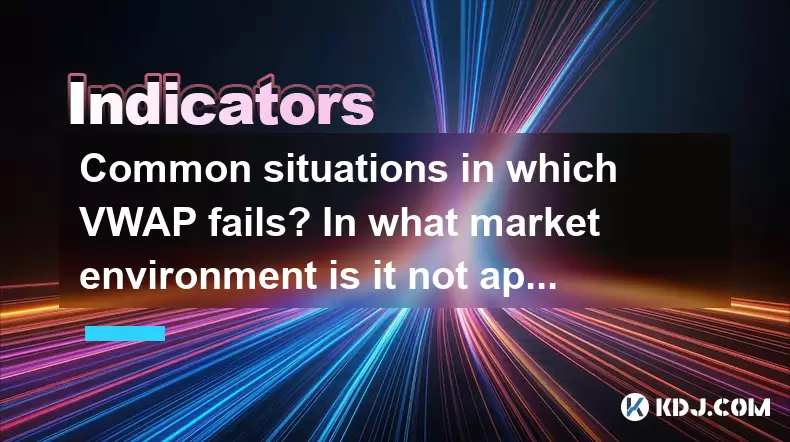
The Volume Weighted Average Price (VWAP) is a widely used trading benchmark that provides traders with insight into the average price at which a security has traded throughout the day, weighted by volume. However, like any trading tool, VWAP is not infallible and can fail under certain conditions. Understanding these situations and the market environments where VWAP may not be applicable is crucial for traders who rely on this metric.
When VWAP Fails Due to High Volatility
High volatility is one of the primary situations where VWAP can fail. In highly volatile markets, prices can fluctuate rapidly, causing the VWAP line to become less reliable as a benchmark. During such periods, the VWAP may not accurately reflect the true market sentiment because the price movements are too erratic.
- Rapid price swings can cause the VWAP to lag behind the current market price, making it less useful for traders who need real-time data.
- Large volume spikes in short periods can skew the VWAP, leading to a misrepresentation of the average price.
- News-driven events that cause sudden shifts in market sentiment can render the VWAP ineffective, as the metric struggles to adjust quickly enough to these changes.
VWAP's Limitations in Low Volume Markets
In low volume markets, the VWAP can also fail to provide meaningful insights. When trading volumes are low, the VWAP becomes less reliable because it is based on a smaller dataset.
- Sparse trading activity can result in a VWAP that does not accurately represent the market's overall price movement.
- Liquidity issues can exacerbate the problem, as the lack of buyers and sellers makes it difficult to establish a reliable average price.
- Manipulation by large traders becomes more feasible in low volume markets, further distorting the VWAP.
Challenges with VWAP in Trending Markets
Trending markets pose another challenge for VWAP. When a security is in a strong uptrend or downtrend, the VWAP can struggle to keep up with the price movement.
- Strong trends can cause the VWAP to deviate significantly from the current price, making it less useful as a trading benchmark.
- Breakouts and breakdowns can lead to sudden shifts in the VWAP, which may not align with the trader's expectations.
- False signals can occur when the price crosses the VWAP line, leading to potential misinterpretations of market direction.
VWAP's Ineffectiveness in Illiquid Markets
In illiquid markets, the VWAP can be particularly unreliable. Illiquidity can lead to wide bid-ask spreads and infrequent trades, both of which can distort the VWAP calculation.
- Wide bid-ask spreads can cause the VWAP to fluctuate more than in liquid markets, making it less useful for traders.
- Infrequent trades mean that the VWAP is updated less frequently, reducing its accuracy as a real-time indicator.
- Price gaps can occur, which the VWAP may not account for accurately, leading to a disconnect between the VWAP and the actual market price.
VWAP's Limitations in Highly Fragmented Markets
Highly fragmented markets, where trading occurs across multiple venues, can also challenge the effectiveness of VWAP. In such environments, capturing the full scope of trading activity becomes more difficult.
- Multiple trading venues can lead to discrepancies in the VWAP calculation, as not all trades may be included in the metric.
- Dark pools and other off-exchange trading can further complicate the VWAP, as these trades are often not reflected in the public data used to calculate the VWAP.
- Time delays in data aggregation across different platforms can result in a VWAP that does not accurately reflect the current market conditions.
VWAP's Inapplicability in Specific Market Environments
Certain market environments are inherently unsuitable for the use of VWAP. Understanding these environments can help traders avoid relying on VWAP when it is likely to fail.
- Pre-market and after-hours trading can be problematic for VWAP, as these periods often have lower volumes and higher volatility, leading to less reliable VWAP calculations.
- Emerging markets may not have the necessary infrastructure to support accurate VWAP calculations, making it less applicable in these regions.
- Cryptocurrency markets can be particularly challenging for VWAP due to their high volatility, low liquidity in certain pairs, and the decentralized nature of trading platforms.
By recognizing the situations and market environments where VWAP may fail or be inapplicable, traders can better tailor their strategies and avoid potential pitfalls. While VWAP remains a valuable tool in many contexts, it is essential to use it judiciously and in conjunction with other indicators to achieve the best trading outcomes.
Frequently Asked Questions
Q: Can VWAP be used effectively in all types of securities?A: No, VWAP may be less effective for certain types of securities, such as those with low trading volumes or high volatility. It is generally more reliable for highly liquid securities traded on major exchanges.
Q: How can traders mitigate the limitations of VWAP in volatile markets?A: Traders can mitigate VWAP's limitations in volatile markets by using it in conjunction with other indicators, such as moving averages or Bollinger Bands, to get a more comprehensive view of market conditions. Additionally, setting wider stop-losses and adjusting trade sizes can help manage the risks associated with high volatility.
Q: Is VWAP more reliable in certain time frames?A: VWAP is generally more reliable in longer time frames, such as daily or weekly charts, where the impact of short-term volatility is reduced. However, its effectiveness can still vary depending on the specific market conditions and the security being traded.
Q: Can VWAP be used for cryptocurrencies, and if so, under what conditions?A: VWAP can be used for cryptocurrencies, but its effectiveness depends on the specific pair and market conditions. It is more reliable for highly liquid pairs with significant trading volumes, such as Bitcoin/USDT or Ethereum/USDT. Traders should be cautious in less liquid pairs and during periods of high volatility, as these can exacerbate VWAP's limitations.
Disclaimer:info@kdj.com
The information provided is not trading advice. kdj.com does not assume any responsibility for any investments made based on the information provided in this article. Cryptocurrencies are highly volatile and it is highly recommended that you invest with caution after thorough research!
If you believe that the content used on this website infringes your copyright, please contact us immediately (info@kdj.com) and we will delete it promptly.
- Mutuum Finance, DeFi, and Stablecoins: A New Era?
- 2025-09-09 19:05:12
- Bitget Wallet, Aave, and Stablecoin Yields: A New Era of Accessible DeFi?
- 2025-09-09 19:05:12
- Pepe vs. Ozak AI: Which Forecast Reigns Supreme?
- 2025-09-09 18:45:13
- Crypto Investment Hot Takes: Pepeto, BlockDAG, and Navigating the 2025 Landscape
- 2025-09-09 18:45:13
- DAOs, Decentralized Governance, 2025: Hype or the Future of Organizations?
- 2025-09-09 19:10:12
- Ronin, Ethereum, and the OP Stack: A New Era for Web3 Gaming
- 2025-09-09 18:25:16
Related knowledge
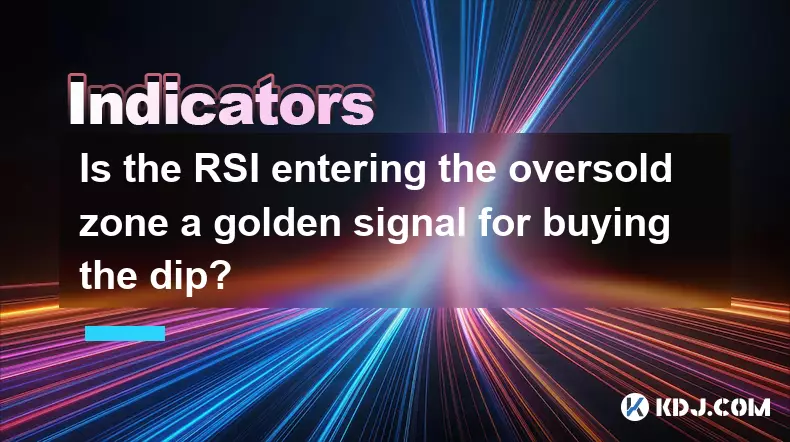
Is the RSI entering the oversold zone a golden signal for buying the dip?
Sep 09,2025 at 02:55pm
Understanding the RSI and Its Role in Crypto Trading1. The Relative Strength Index (RSI) is a momentum oscillator widely used in the cryptocurrency ma...
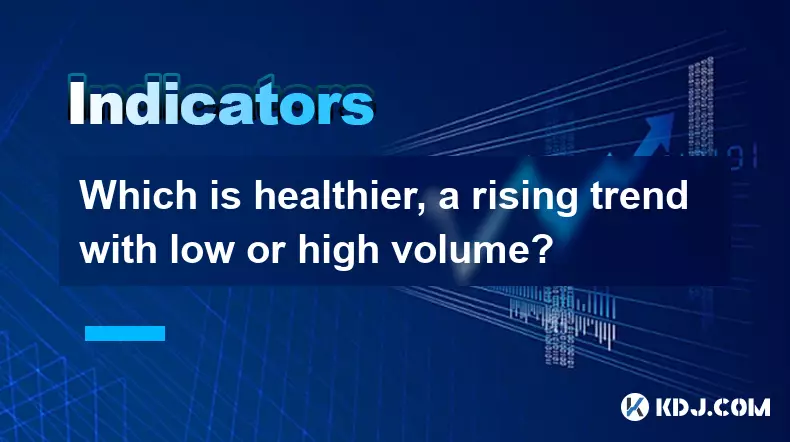
Which is healthier, a rising trend with low or high volume?
Sep 09,2025 at 04:00pm
Understanding Volume in Market Trends1. Volume serves as a critical indicator when analyzing the strength of a rising trend in cryptocurrency markets....
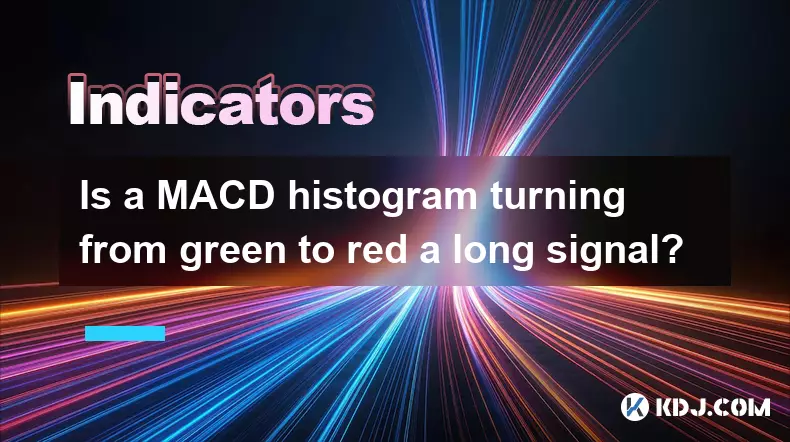
Is a MACD histogram turning from green to red a long signal?
Sep 09,2025 at 01:54pm
Understanding the MACD Histogram in Crypto Trading1. The MACD (Moving Average Convergence Divergence) histogram is a visual representation of the diff...
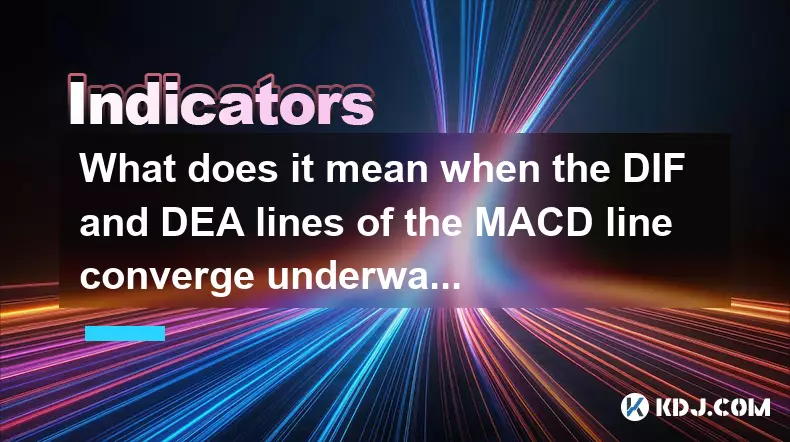
What does it mean when the DIF and DEA lines of the MACD line converge underwater?
Sep 09,2025 at 07:55am
Understanding MACD Components in Bearish Territory1. The MACD indicator consists of three elements: the DIF (Difference), DEA (Signal line), and the M...
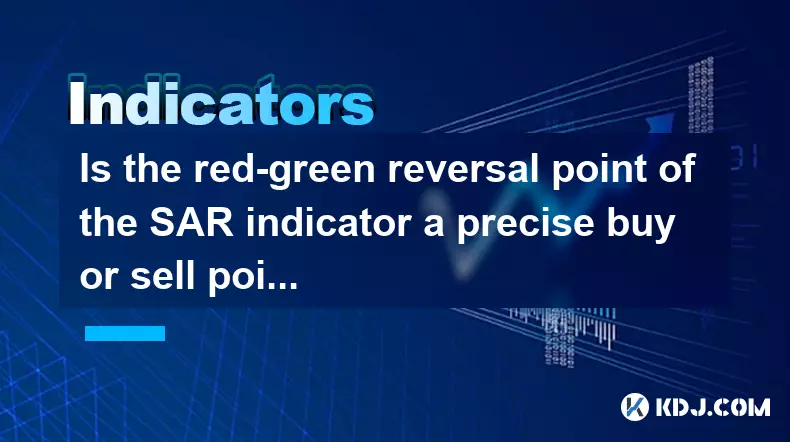
Is the red-green reversal point of the SAR indicator a precise buy or sell point?
Sep 09,2025 at 11:18am
Understanding the SAR Indicator in Cryptocurrency TradingThe SAR (Stop and Reverse) indicator, developed by J. Welles Wilder Jr., is a popular tool us...
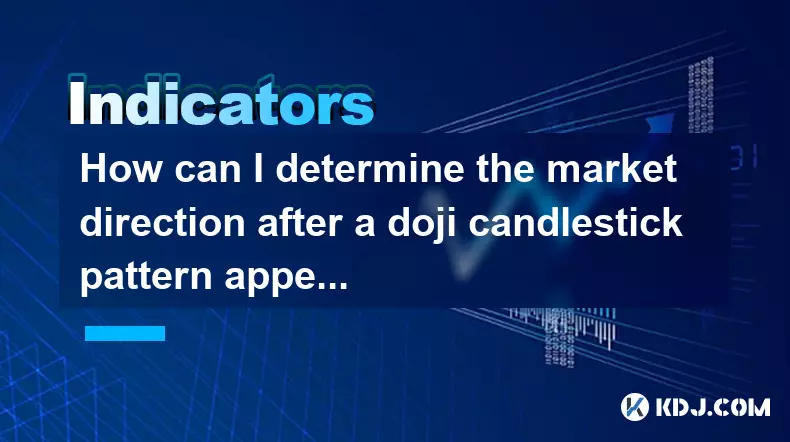
How can I determine the market direction after a doji candlestick pattern appears?
Sep 09,2025 at 05:37am
Understanding the Doji Candlestick in Crypto Markets1. The doji candlestick is a critical formation that signals indecision between buyers and sellers...

Is the RSI entering the oversold zone a golden signal for buying the dip?
Sep 09,2025 at 02:55pm
Understanding the RSI and Its Role in Crypto Trading1. The Relative Strength Index (RSI) is a momentum oscillator widely used in the cryptocurrency ma...

Which is healthier, a rising trend with low or high volume?
Sep 09,2025 at 04:00pm
Understanding Volume in Market Trends1. Volume serves as a critical indicator when analyzing the strength of a rising trend in cryptocurrency markets....

Is a MACD histogram turning from green to red a long signal?
Sep 09,2025 at 01:54pm
Understanding the MACD Histogram in Crypto Trading1. The MACD (Moving Average Convergence Divergence) histogram is a visual representation of the diff...

What does it mean when the DIF and DEA lines of the MACD line converge underwater?
Sep 09,2025 at 07:55am
Understanding MACD Components in Bearish Territory1. The MACD indicator consists of three elements: the DIF (Difference), DEA (Signal line), and the M...

Is the red-green reversal point of the SAR indicator a precise buy or sell point?
Sep 09,2025 at 11:18am
Understanding the SAR Indicator in Cryptocurrency TradingThe SAR (Stop and Reverse) indicator, developed by J. Welles Wilder Jr., is a popular tool us...

How can I determine the market direction after a doji candlestick pattern appears?
Sep 09,2025 at 05:37am
Understanding the Doji Candlestick in Crypto Markets1. The doji candlestick is a critical formation that signals indecision between buyers and sellers...
See all articles
























































































